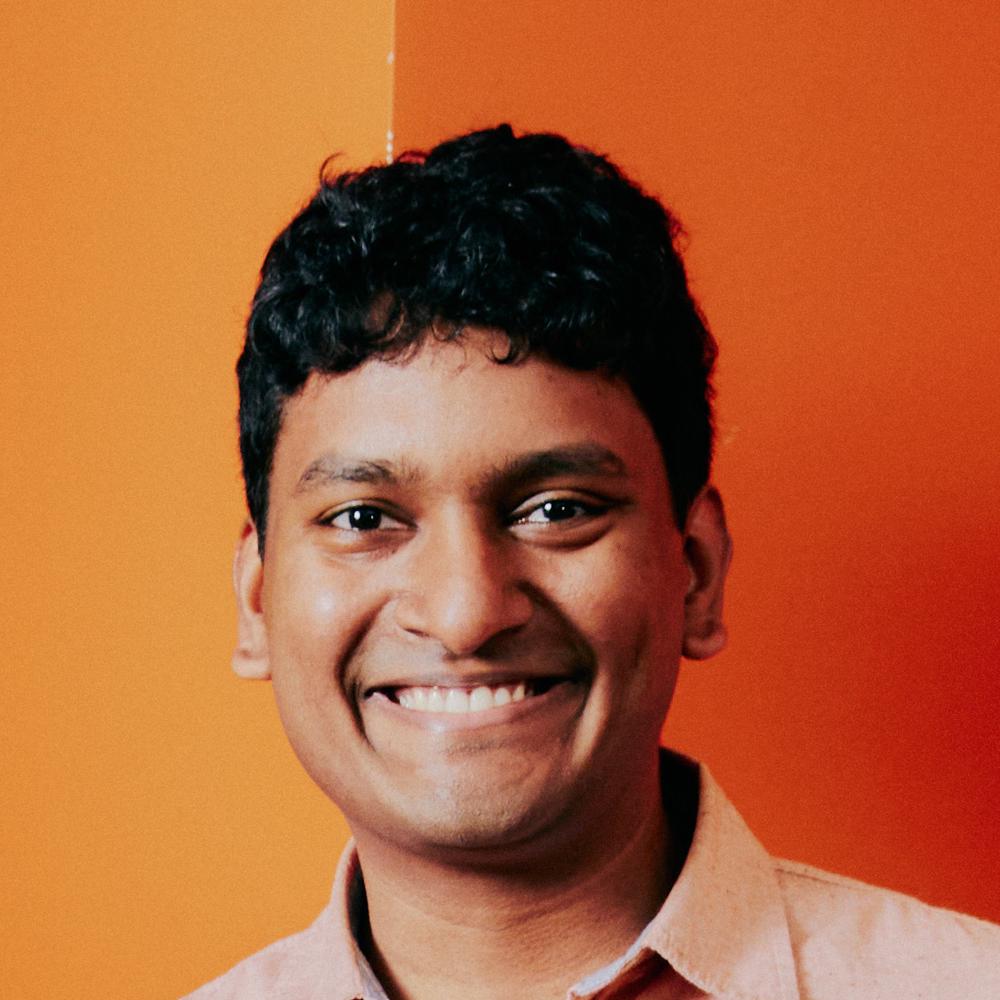Organizers

Nur Muhammad "Mahi" Shafiullah
New York University

Siyuan Feng
Toyota Research Institute

Lerrel Pinto
New York University

Russ Tedrake
Massachusetts Institute of Technology, Toyota Research Institute